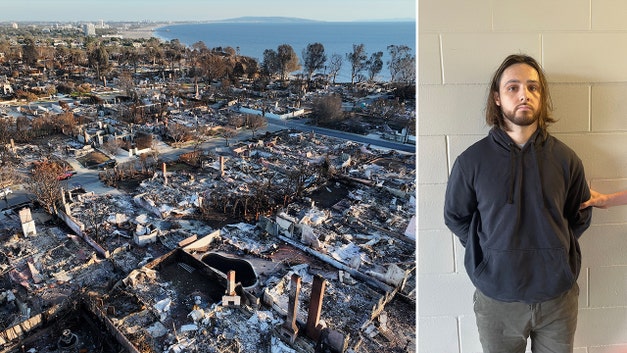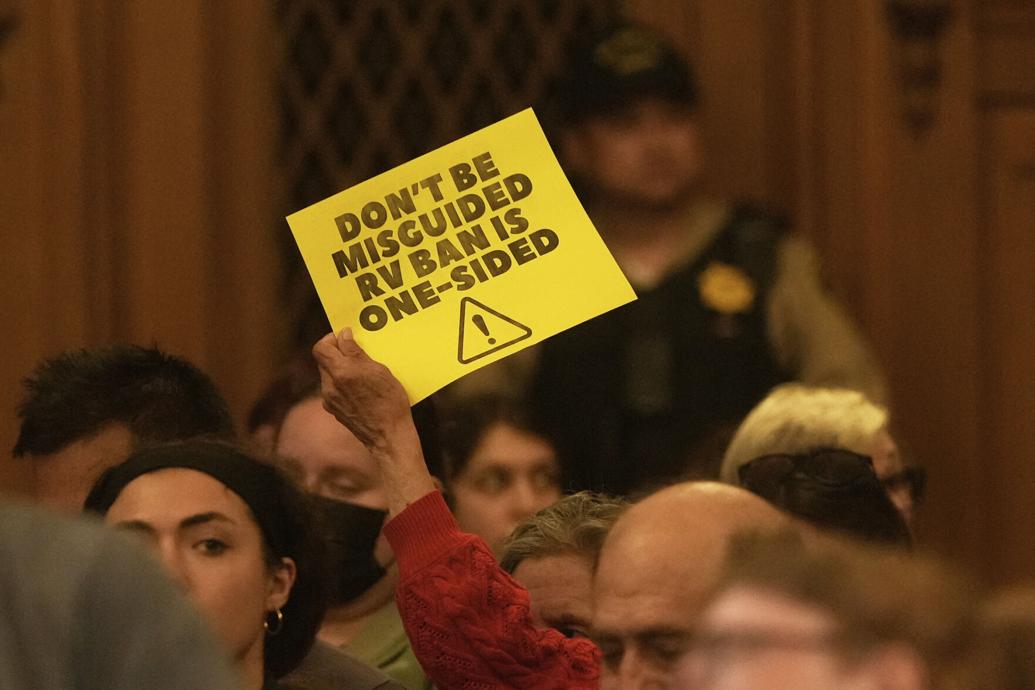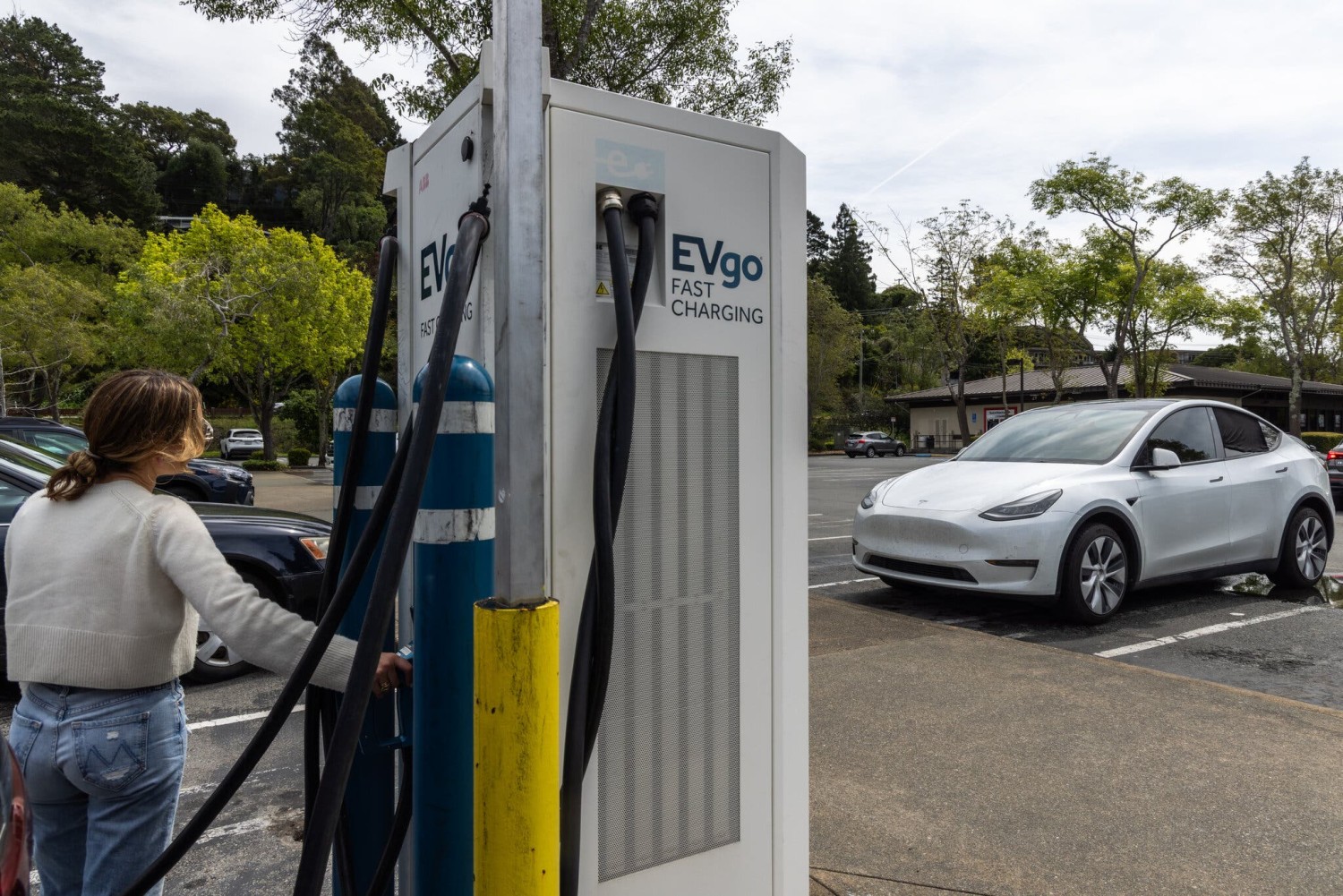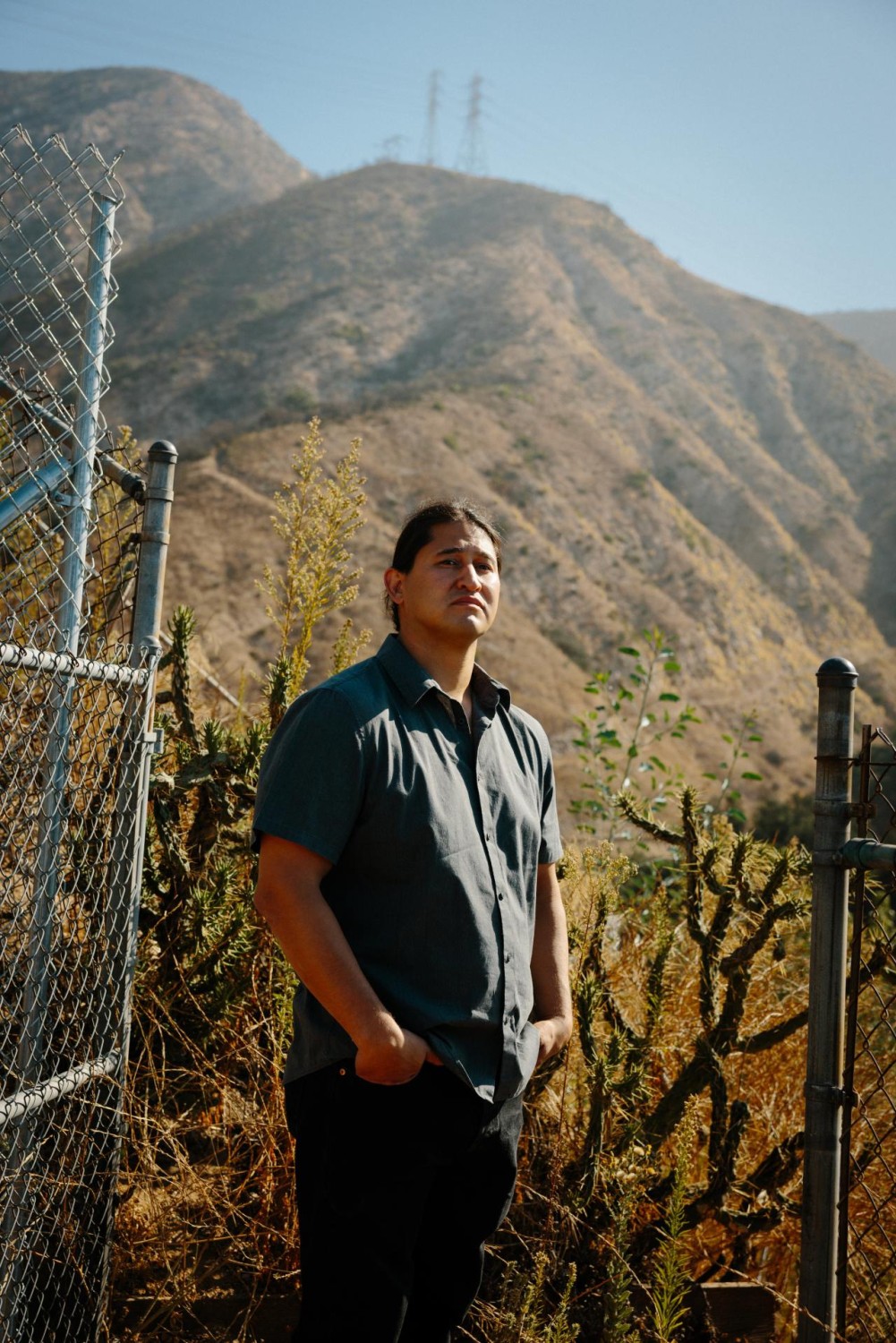
This article is more than
2 year oldCalifornia Spent $17 Billion on Homelessness. It’s Not Working.
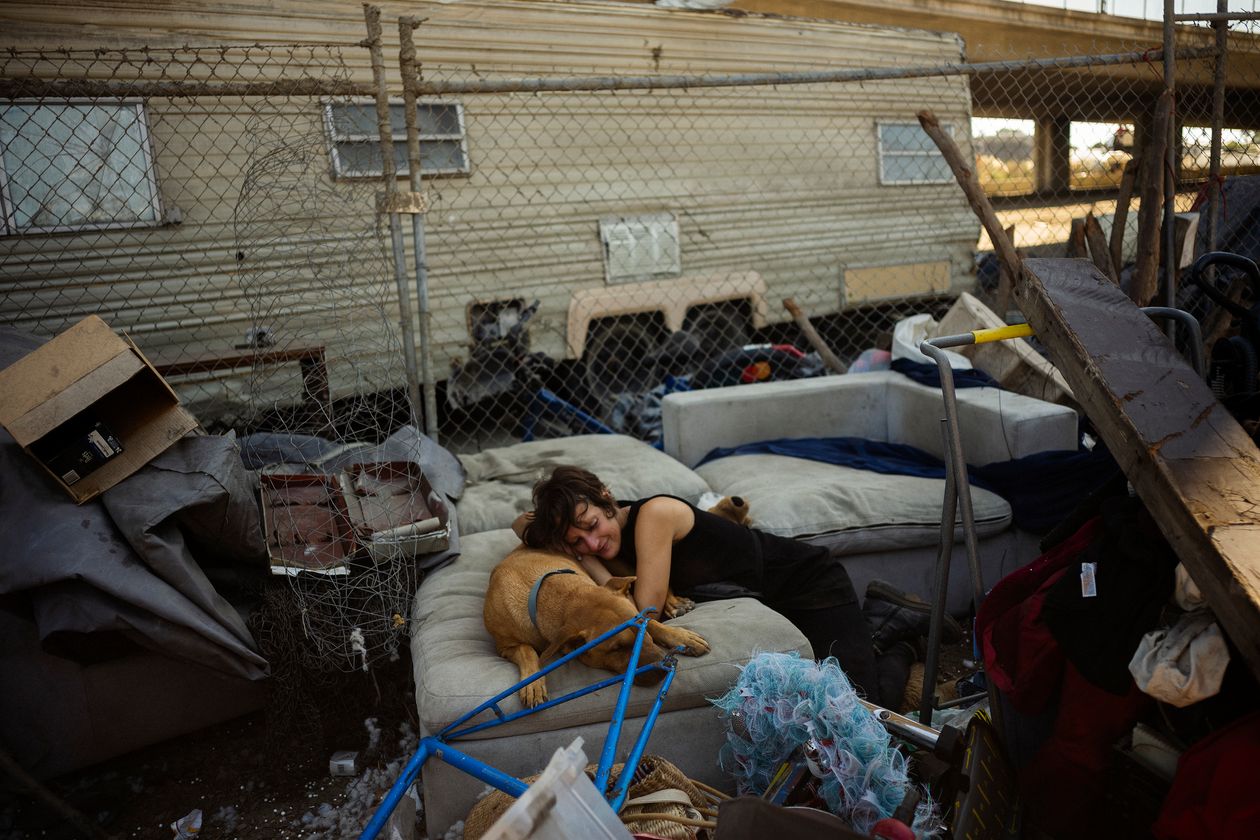
OAKLAND, Calif.—City firefighters arrived midmorning at a homeless camp on Wood Street to quell a fire spreading across a tinderbox landscape of discarded furniture, debris, abandoned cars and dwellings fashioned from tents, tarps and plywood.
Fire crews struggled for more than two hours. There weren’t enough hydrants because no one was ever supposed to live on the stretch of dirt that snaked beneath Interstate 880, the freeway connecting Oakland and San Jose. Yet over six years, the property had become home to more than 300 homeless people—addicts, the mentally ill and those unable to get a grip on Bay Area housing with a warehouse job or a construction gig.
The fire last summer spit thick black smoke that temporarily halted commuters. Soon after, the California Department of Transportation, which owned most of the land, announced it would start tearing down the makeshift shelters. The July 11 fire appeared to have done what state and local officials had failed to do—force a decision to clear the camp.
A monthslong legal and bureaucratic battle followed, in a display of the humanitarian, practical and political forces trying, with limited effect, to solve the urban homeless problem.
Read More (...)
